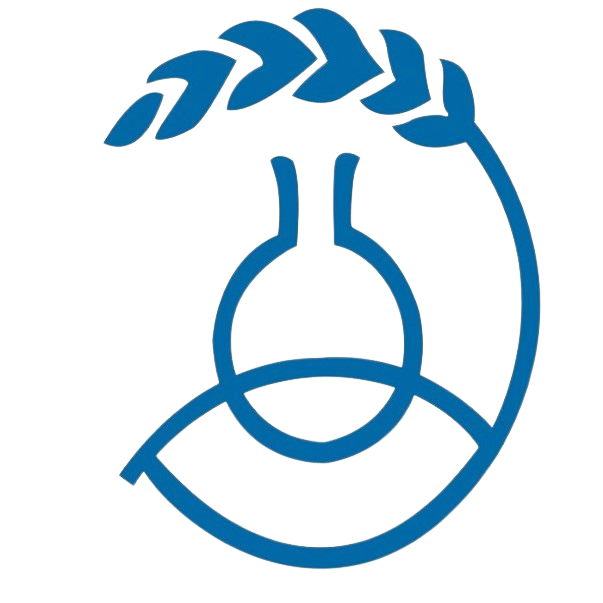- Home
- Blog
- Healthy Weight Loss
- Assess your weight
Assess your weight
Written by Catherine Saxelby
on Monday, 09 March 2009.
Tagged: BMI, healthy eating, healthy lifestyle, overweight, weight loss

Wondering how healthy your weight or shape is? Here are the two most often-used ways to assess your weight and body shape - the Body Mass Index (BMI) and the waist circumference, which is used as the basis of the current 'Measure Up' education campaign run by the Australian government.
1. Body Mass Index
The Body Mass Index or BMI is a formula that determines whether your weight falls into the Healthy Weight Range, a range of weight for your height that is consistent with the lowest rate of death.
To calculate it, you will need to know your weight in kg and your height in metres. You divide your weight (in kilograms) by your height (in metres) squared. Use a calculator to work out:
BMI = weight (in kg)
height (in metres) 2
For example, someone who is 175 cm tall and weighs 70 kg would have a BMI of 22.8
(70 divided by 1.75 x 1.75).
Cautions when using the BMI:
- Body Mass Index was designed to apply to adults (both women and men) aged 18 and over.
- The BMI is not suitable for children - use Height and Weight Growth Charts for them until they reach 18.
- The BMI doesn't take account muscle mass - just overall weight. So it over-estimates someone who is highly muscled or a body builder and rates them as ‘overweight' when they simply have a high ratio of muscle to fat.
Remember that there is no single weight perfect for your height, but there is a weight range where your chances of good health are highest - this is the Healthy Weight Range (BMI of 18.5 to 25).
|
BMI |
Classification |
|
18.5-25 |
Healthy weight range |
|
25-29.9 |
Overweight or pre-obese. Risk of health problems is increased. |
|
Over 30 |
Obese. Risk of health problems is greatly increased. |
|
Less than 18.5 |
Underweight. Risk of health problems is increased. |
2. Waist circumference
This simple measurement tells you whether you're carrying too much of the dangerous abdominal fat. Run a tape measure around your waist at the largest part (usually the navel) and check your measurement against the following cut-offs.
|
|
Increased riskIf your waist measurement is greater than: |
Substantial riskIf your waist measurement is greater than: |
|
Women |
80 cm |
88 cm |
|
Men |
94 cm |
102 cm |
More information
Feel like you need to do something about your weight for good? Check out Catherine's book, Everyday Diet Secrets for clever ideas on how to bring about weight loss for the long-term.
Read and learn 10 tips to help you shed fat here.
Foodwatch
The Good Stuff
The Boring Stuff
© 2025 Foodwatch Australia. All rights reserved
Website by Joomstore eCommerce





